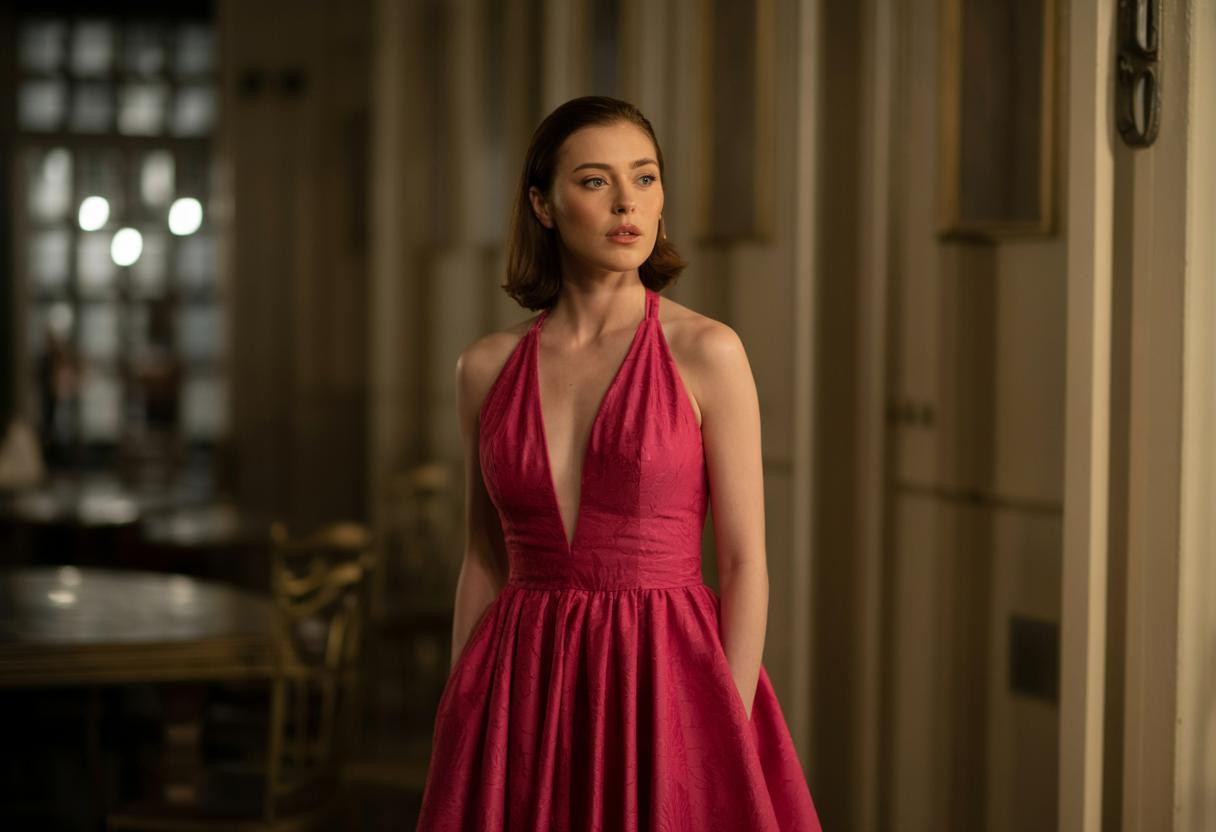The plus-size fashion revolution has reached a tipping point in 2025, with transformative stories like “I’m a Size 20 and This Dress Made Me Feel Like a Runway Model” capturing hearts across social media. This cultural phenomenon reflects a deeper shift where 26.4% of models at major Fashion Weeks now represent plus-size bodies, yet the journey toward true inclusivity reveals surprising contradictions that challenge everything we thought we knew about fashion empowerment.
The psychology behind fashion transformation experiences
When someone declares they feel “like a runway model” after finding the perfect dress, they’re experiencing what psychologists call self-efficacy enhancement. This powerful emotional response occurs when clothing becomes a tool for identity transformation rather than mere coverage.
The global plus-size clothing market has exploded to $324.23 billion in 2025, growing at 5.68% annually toward a projected $532.79 billion by 2034. This astronomical growth reflects millions of individual transformation stories, each representing a person discovering their own runway-worthy moment.
However, representation tells a complex story. While 41% of brands now feature plus-size models in advertising campaigns, actual runway inclusion has surprisingly decreased in some markets, dropping from 80 plus-size models at London Fashion Week in 2024 to just 26 in 2025.
Why the industry’s progress feels contradictory
The tokenism versus authenticity challenge
Major fashion houses like Chanel and Dolce & Gabbana have embraced plus-size models in genuine mainline collections rather than segregated campaigns. Yet critics argue this progress masks deeper issues of performative inclusion.
Luxury brands now include plus-size models in 30% of their newsletters, blending exclusivity with accessibility. This shift mirrors broader cultural movements where embracing natural beauty standards over artificial expectations challenges traditional fashion hierarchies.
Economic realities behind empowerment
The most surprising discovery? Supply chain challenges and pricing disparities remain significant barriers despite market growth. High-end brands face production scaling difficulties for larger sizes, contributing to the “luxury tax” on plus-size fashion.
E-commerce has emerged as the primary enabler, with online retailers reporting higher engagement rates when featuring diverse body types. This digital shift allows consumers to access transformative fashion experiences without the limitations of traditional retail.
The unexpected impact on personal transformation
Research reveals that the “runway model feeling” extends beyond individual confidence boosts. These experiences create ripple effects in social circles, inspiring friends and family to reconsider their own relationship with fashion and body image.
Similar to how women over 60 are embracing body-positive fashion choices, plus-size individuals are rejecting fashion “rules” that previously limited their style expression.
The counterintuitive finding? Size diversity in fashion actually benefits all body types. Brands investing in inclusive design discover innovations in fit, comfort, and style that enhance their entire product lines.
Practical steps for finding your runway moment
Navigate sizing inconsistencies strategically
Focus on brands with transparent size charts and return policies. Companies like Universal Standard and Torrid have developed more reliable sizing systems based on actual body measurements rather than arbitrary numbers.
Leverage technology and community
Virtual fitting tools and social media communities provide valuable insights before purchasing. Following plus-size influencers and style bloggers offers real-world styling inspiration beyond traditional fashion magazines.
The approach mirrors successful strategies like transformative styling techniques that boost confidence, where small changes create dramatic impacts on self-perception.
What this movement reveals about fashion’s future
The “Size 20 runway model feeling” phenomenon represents more than individual empowerment—it signals a fundamental shift toward fashion democracy. As economic data supports inclusivity and technology enables better fit solutions, the industry faces pressure to match marketing promises with authentic representation.
This transformation challenges us to reconsider what makes someone feel worthy of the runway: it was never about size, but about access to beautiful, well-designed clothing that celebrates rather than conceals.
